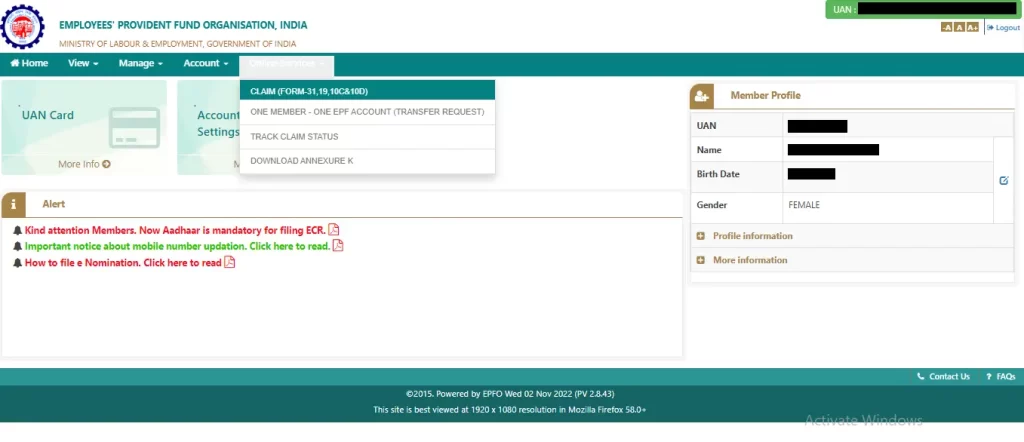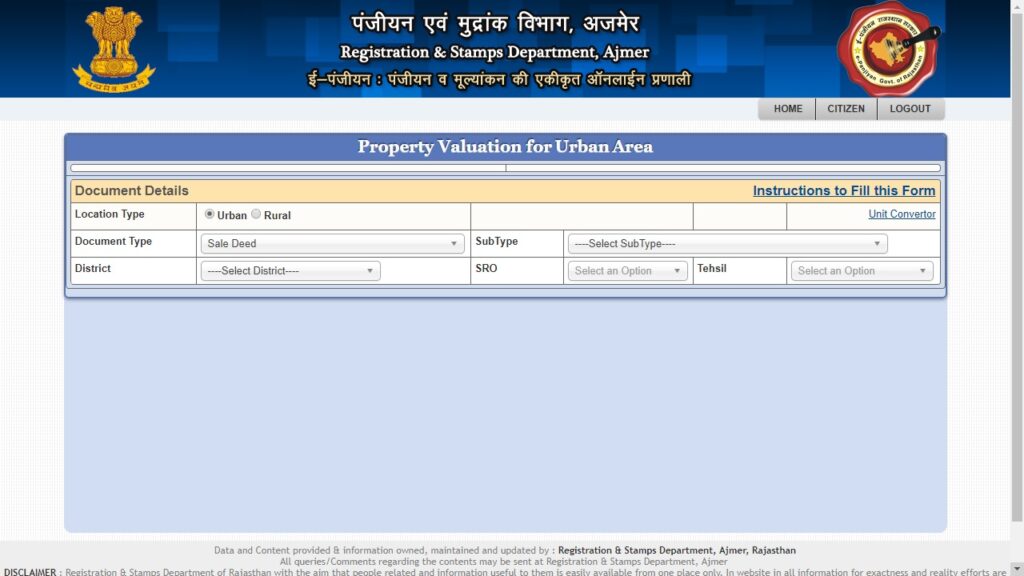Consumer Protection Act
Consumer Protection Act 1986 was enacted for superior protection of the interest of consumers. The provision of the Act came into force from 15-04-1987. Consumer Protection Act forced strict liability on a manufacturer in case of the supply of faulty goods by him and strict liability on a service provider in case of shortage in rendering his services. To safeguard the interests and rights of consumers, quasi-judicial machinery is sought to be set up at the district, state and central levels. This Act applies to the whole of India except the state of Jammu and Kashmir. This Act was replaced by the ‘Consumer Protection Act 2019’ which came into force on 24th July 2020. What is the Consumer? Consumer refers to persons or households that use goods and services generated within the economy. The consumer is defined as someone who obtains goods or services for direct use or possession rather than for exchange, resale or use in production and manufacturing. For example: When your mother buys apples for you and consumes them, your mother and yourself are treated as consumers. Features of the Act The Act applies to all the goods, services and unfair trade practices. Nothing is exempted unless explicitly done so by the Central Government. The Act covers all the sectors regardless of being private, public or co-operative. The Act provides the facility to establish consumer protection councils at the Central, State and District levels. This is ensured to promote and protect the rights of a consumer. Three-Tier quasi-judicial machinery is organised to deal with the grievances or disputes of consumers. The Act provides a statutory recognition to the all the reasonable rights of the consumer. Need for Consumer Protection o ensure the physical safety of a consumer. To protect against economic interests. To provide access to information. To ensure satisfactory product standards and statutory measures for redressal of grievances. To ensure social responsibility of producers and traders to provide quality and quantity of goods at fair prices. To increase the awareness about consumer rights and malpractices in business that can affect a consumer. To ensure consumer satisfaction. For the principle of social justice. For the principle of trusteeship For the survival and the growth of businesses. Objectives of Consumer Protection To protect the consumer from abuse To provide a venue for grievances/compensation To ensure a superior quality of living by upgrading consumer products and services Protecting the consumer against immoral and unfair activities of the traders Goods and Services Covered The Act defines the term “goods” as any type of movable property other than money and includes shares and stocks, growing crops, etc. On the other hand, “Service” is defined as service of any description that is made available to potential consumers and includes sectors such as banking, housing construction, financing, entertainment, insurance, the supply of electrical and other energy, transport, boarding and lodging, amusement and so on. The services offered by professionals such as doctors, architects, engineers, lawyers etc. are included under the provisions of the Consumer Protection Act of 1986. Malpractices The concept of the consumer protection act is formed to safeguard the rights and interests of consumers. It adopts measures to protect consumers from unethical malpractices by businesses and provide a swift redressal of their grievances. The issues that are battled by the Consumer Protection Act are listed below. Sale of unadulterated goods such as adding inferior substances to the product being sold. Sale of counterfeit goods such as selling a product of lesser value than the real product. Sale of sub-standard goods such as the sale of products that do not meet the prescribed quality standards. Sale of duplicate goods. Use of malfunctioning weights and measures that lead to underweight of products. Black marketing and hoarding that eventually leads to scarcity of the product and well as a rise in the price of the same. Overcharging a product, i.e., charging a product above its Maximum Retail Price (MRP). Supplying of defective goods. Advertisements that are misleading, i.e., advertisements that falsely claim a product or a service to be shown as superior quality, grade or standard when not in real. Supply of inferior services, i.e., quality of service lesser than the condition agreed. Rights of the Consumer Right to Safety – To be secured against the marketing of goods on delivering dangerous services to health and life Right to Information – To be protected against dishonest or misleading advertising or labelling and the right to be given the facts and figures needed to make an informed choice Right to Choice –To choose products at competitive prices with an assurance of satisfactory quality Right to Representation – To express consumer interests in the making and execution of government policies Right to Seek Redress – To be compensated for misrepresentation, shoddy goods or unsatisfactory services Right to Consumer Education –To Acquire the Knowledge and skills necessary to be an informed customer Right to Basic Needs – This Guarantees adequate food, shelter, health care, clothing, education and sanitation Filing a Complaint District Forum – The value of goods or compensation claim does not exceed Rs. 20 lakh. State Forum – The value of goods or compensation is more than Rs. 20 lakh but does not exceed one crore. National Forum – It takes up all the cases exceeding the value of Rs. 1 crore. FAQs When did the provision of the Consumer Protection Act come into force? The provision of the Act came into force with effect on 15 April 1987 In which forum can we file the complaint when the value of goods equals Rs. 50 lakh? We should file this complaint in the state forum because it deals with the value of goods Rs.20 lakh to Rs.1 lakh.
Consumer Protection Act Read More »







